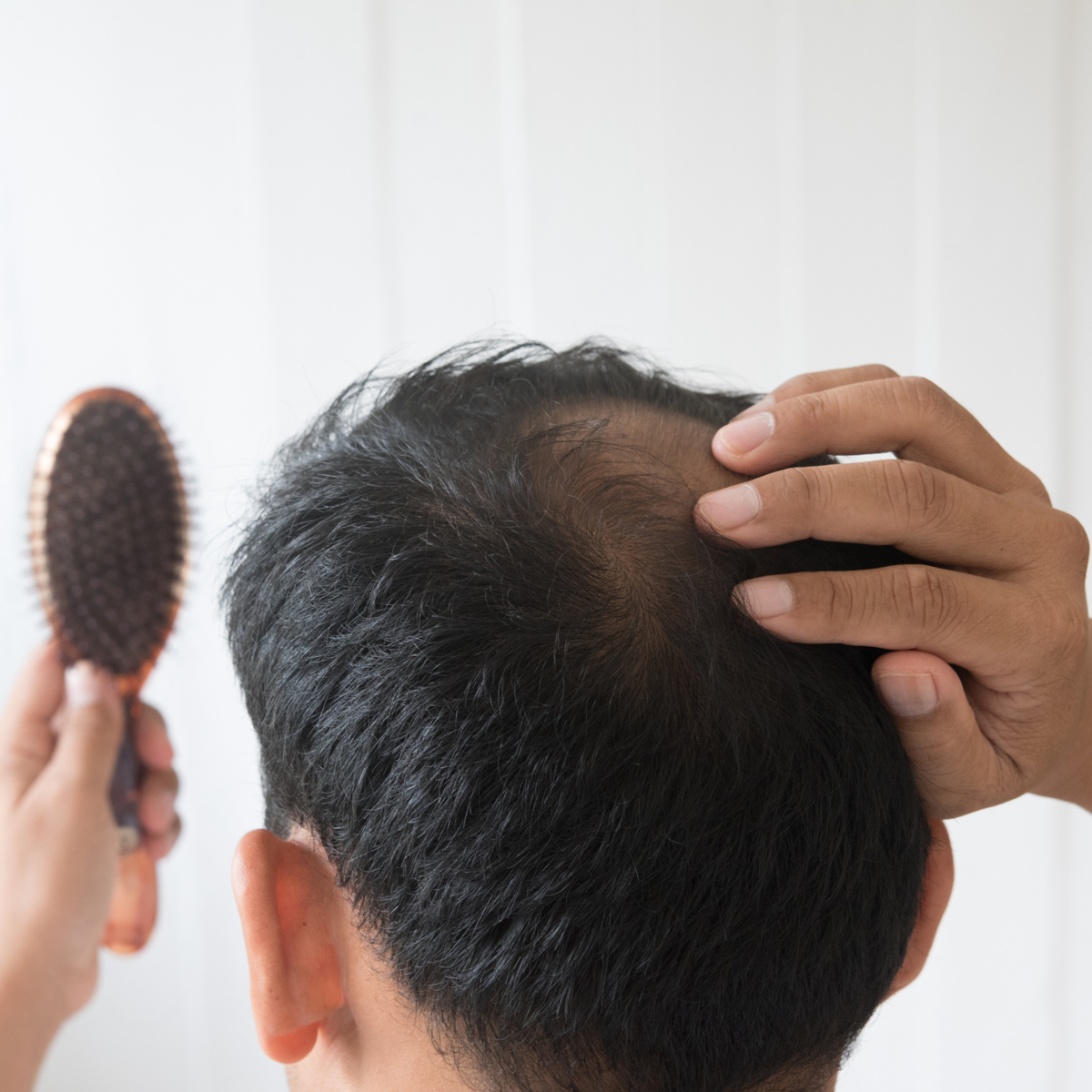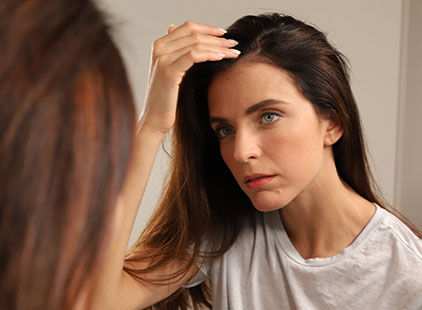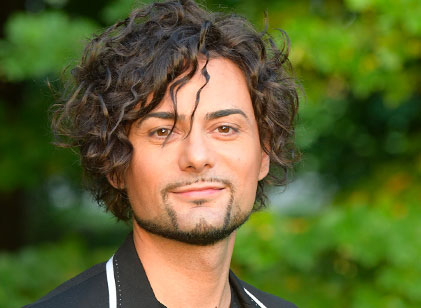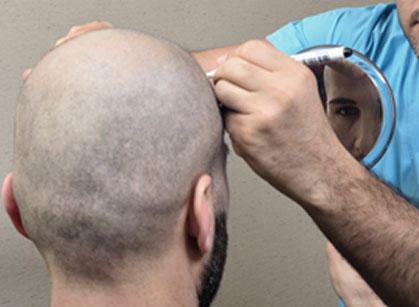Premature hair loss
Recent studies have demonstrated that around one in five young men tend to lose their hair prematurely over time.
This problem does not affect only young men but also young women.
In the majority of cases, it is androgenetic alopecia (pattern hair loss) and therefore is hereditary/genetic. However, it is important to remember that often factors of psychological origin like performance anxiety, trauma and emotional stress take over, thereby becoming a source and cause of hair loss from stress.

 English
English  Italiano
Italiano  Português
Português  Español
Español 



